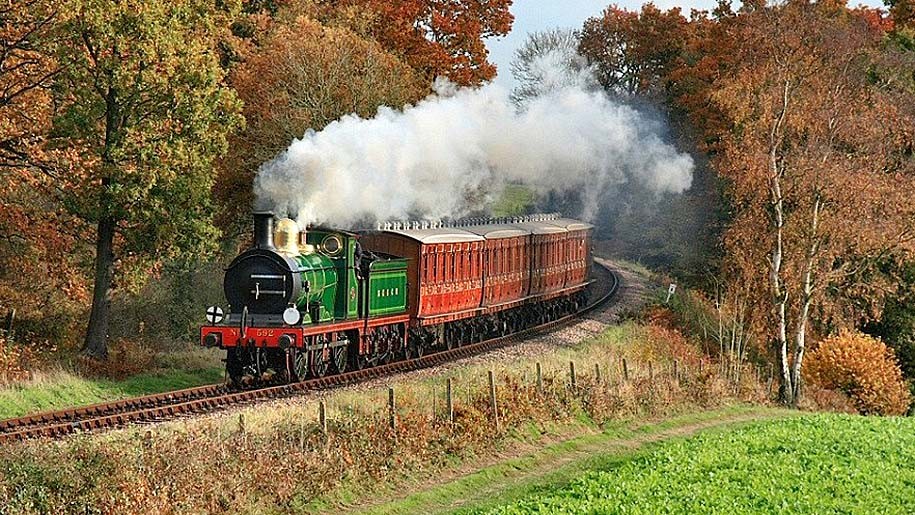Our history
The Heritage Railway Association has its roots in two organisations, both dating back more than 60 years.
The Railway Preservation Association was created in the very early 1960s. The first meeting of the organisation was held on Saturday, 6 January 1962 with Captain Bill Smith as Chairman.
Capt Smith was the first individual to purchase a steam locomotive from British Railways. During 1959 he saved former Great Northern Railway ‘J52’ Class No. 1247 from scrap and immediately changed the landscape of railway preservation.
.jpeg)
After a short time, Captain Peter Manisty took over as chairman. He was a leading figure in the creation of the Bluebell Railway, the first complete railway to be purchased from British Railways for preservation.
Under Capt Manisty the organisation became known as the Association of Railway Preservation Societies (ARPS). Alongside the Bluebell, the founding members included the Festiniog Railway, the Midland and Great Northern Railway Society, the Middleton Railway, South Devon Railway and the Talyllyn Railway alongside the forerunners of what would become the National Railway Museum.
In the 1990s the ARPS merged with the much older Association of Independent Railways (AIR), which had been created in the 1930s to represent smaller and minor railways that had not been included in the 1923 ‘big four’ grouping or, subsequently, British Railways following nationalisation in 1948.
The two bodies came together to form the Association of Independent Railways and Preservation Societies (AIRPS). The first Chair was Ian Allan, who had held the same role for the AIR, with former ARPS Chairman David Morgan becoming Vice Chair of the new organisation.
The AIRPS became the single trade association for the whole sector and grew its sphere of influence while offering more and more advice and support to members.

In 1998 the new organisation was given the more concise name of the Heritage Railway Association. Since then the HRA has responded to the rapidly changing world in which our members now operate, working closely with industry regulators and developing links with government while supporting and championing heritage rail widely.
During the 60 years since the creation of the association, our 300 members have achieved what many thought impossible. They have rebuilt routes that had vanished almost entirely, they have rebuilt locomotives and they have achieved levels of preservation second-to-none with everything from Victorian cliff railways to mainline diesel locomotives.
From its very beginnings, the HRA has been driven by the same passion to maintain, operate and develop railways as its members. The determination has not been dimmed and the Heritage Railway Association is at the forefront of ensuring that the heritage rail sector can continue to flourish for the next 60 years.




